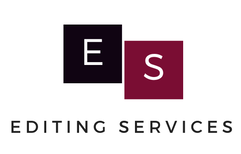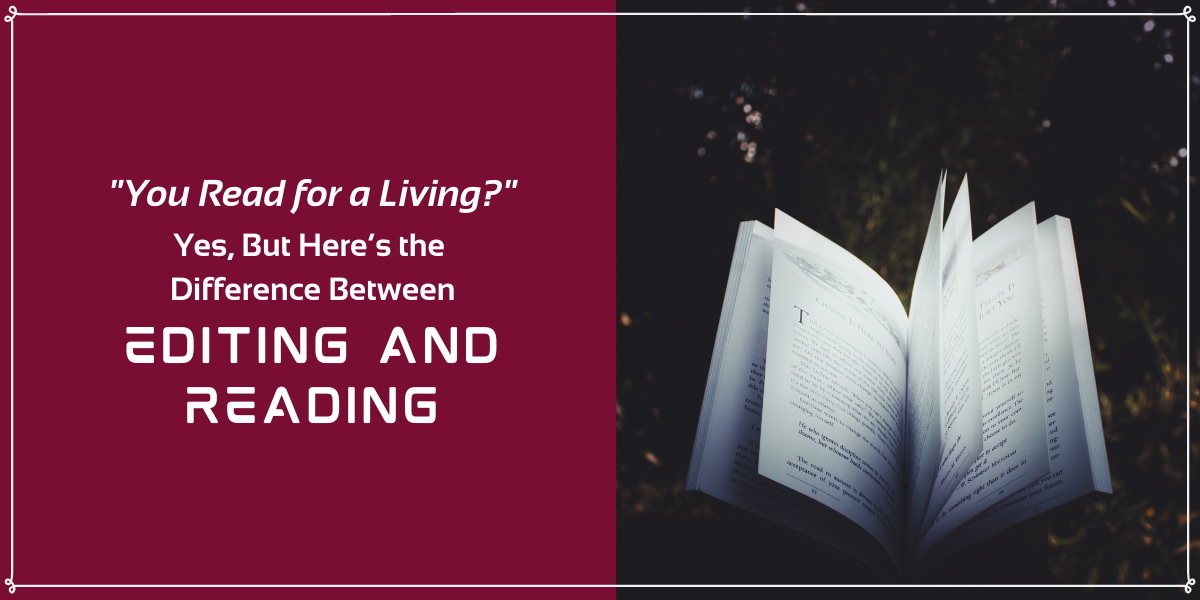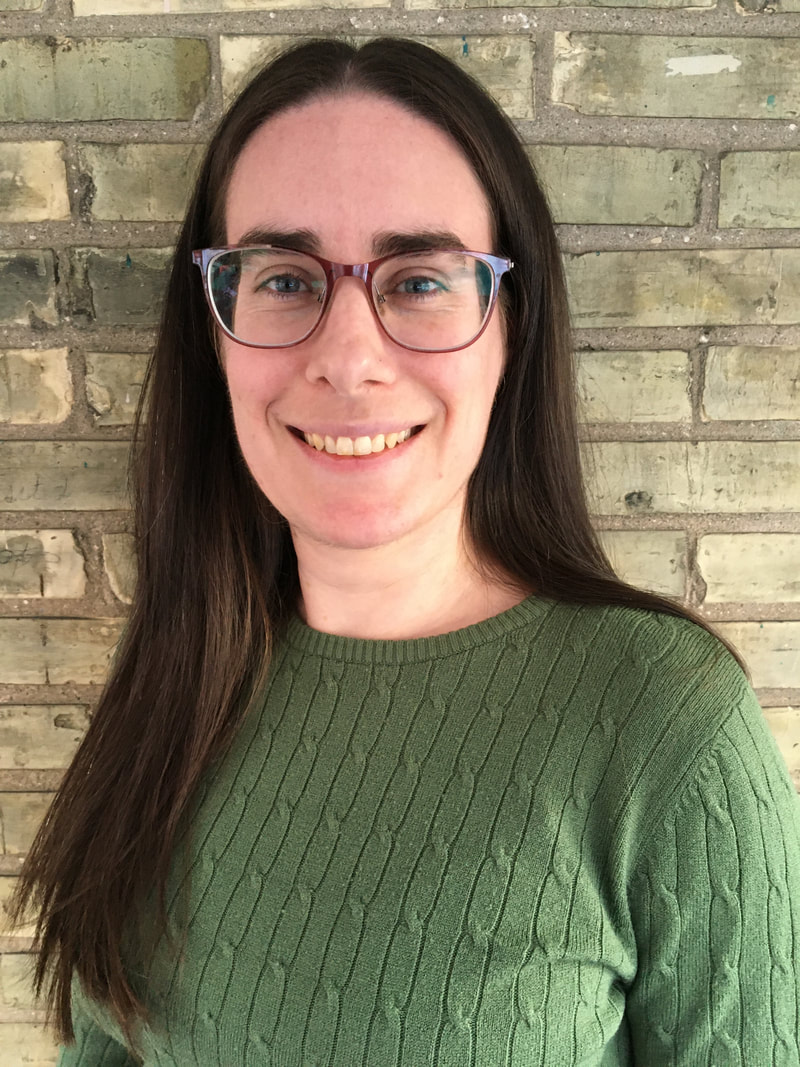E.S. Editing BlogUseful tips about editing, writing, creativity, reading, and the publishing industry
|
|
“You read books for a living? How fun!” Technically, yes, I read book manuscripts for most of my work day. And it’s great, but it’s probably not what you think. Not even remotely close to kicking back and enjoying a beach read. Even while editing a science fiction novel that I would otherwise read in my downtime, the act of reading involved in copyediting feels totally different from sitting down and reading a book for enjoyment. On the surface it looks identical, but it couldn’t be more different. Let’s dive into the two sides of reading: as an editor and as a reader. Editor Mode: In the Weeds
When I have my editing hat on, my approach is analytical and detail-oriented. Copyeditors keep three main things in mind while reading the manuscript:
In this mode, the last thing I want is to get swept up in the story! It’s a good thing, by the way, when this happens because it means the story is awesome, but as the editor it means I have to backtrack and slllloooowww down, for the sake of being precise and meticulous. Reading too quickly is a recipe for overlooking dropped words, missing letters, double periods, inconsistent spellings, word echoes, timeline problems, etc. Another consideration is the element of time and focus. When I read for pleasure, I can read at my own pace, savouring the paragraphs or staying up all night, thinking, Just one more chapter, I promise! You know how it can go with those cliffhangers… In contrast, copyediting is a more meticulous approach that can require many passes and jumping around the manuscript, not necessarily reading it in order like a reader would. It’s a start-and-stop sort of reading. One that involves a million open tabs in Chrome. For example, I might do a pass just to address a certain kind of error or consistency consideration: like checking the spelling of a character’s name or making sure all em and en dashes are applied correctly. I’m also evaluating each sentence for clarity and impact, which can involve fact-checking, looking words up in the dictionary, leaving comments in the margin for the author, consulting the Chicago Manual of Style online as my brain pings me about ‘rules’ and ‘things to check.’ All this is happening in the service of the future reader. Reader Mode: Full Immersion
On the flip-side of that sustained, focused attention, when I become that future reader, I want to escape into the story, characters, and world. A good story draws a reader in so seamlessly that you feel as if you’re watching a movie and you lose yourself for a time. It’s an escape, a journey I’m savouring.
(Side note: When I learned about aphantasia, where some people don’t perceive mental images in this way, it blew my mind. I had no idea that not everyone saw movies in their head when they read!) The readers’ experience is something like watching a TV show or movie versus being involved in the creation of that experience. So while I’m technically reading the book as the editor, I’m not immersed in it as a reader would be for entertainment. I’m looking at it from the perspective of the continuity director in a movie would, when they’re looking at each scene to make sure details line up and stay consistent scene-to-scene and over the course of the movie. They have a very different view of the script than someone experiencing the whole movie on opening night in theatres. Copyeditors are just like those continuity experts in movies. We do our job to ensure an excellent reader experience and to help authors bring their books to life in just the way they always imagined. We’re part of the crew behind the scenes, doing labour that will end up being essentially invisible once the final product is published, which is just the way we like it. Our job is to support our author clients and be that professional pair of eyes that can see what needs to be fixed and adjusted. The actors, director, producers, everyone involved in making a movie, don’t experience the scenes in order. They have all sorts of back-and-forths and consider a million details that you as the viewer don’t know about, including deleted scenes and improvised gems. You should only know about them if you choose to listen to the director’s cut or something like that! Otherwise, it would be distracting. You’re just enjoying the movie or TV show or book. That’s the difference between enjoying the finished piece of art and being involved in the creative process that brings it to life. Takeaway
So while both activities involve reading, editing requires a different lens—one that blends a love for language with a commitment to refining and enhancing written content. Reading for a living might sound fun, but editing adds another layer of depth and responsibility to the process.
In that way, editors are truly the bridge between author and reader—guardians of the reading experience. That’s how you get raving fans who devour your books at record pace, leave five-star reviews, and can’t stop talking about your book. If you’re ready for copyediting, I’d love to hear from you. Tell me more about your book and I’ll be in touch!
|
Proud member of
|
Copyright © 2024 E.S. Editing Services
Privacy Policy |






Leave a Reply.